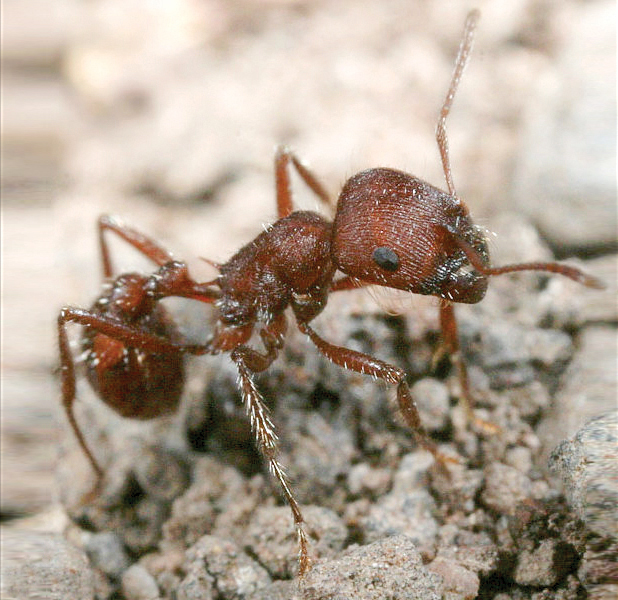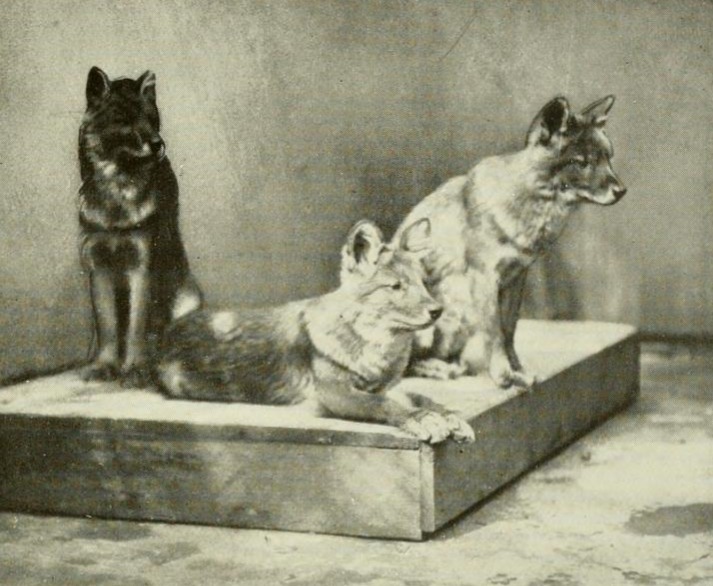‘Gold’ Digging Ants to Purple-Coloured Beards: 5 Ways Ancient India Fascinated the Greeks!
Invading the Indian Subcontinent in the fourth century BCE, the Greeks were confounded beyond belief with things and practices that they found here.

When the Greeks invaded the Indian Subcontinent in the fourth century BCE, what awaited them wasn’t just a diverse cultural fabric that was poles apart from their own, but also many, many wonders that confounded them beyond belief!
1. A gold-digging ant or a furry misunderstanding?

For example, in some of the accounts of famous Greek historian Herodotus, there were “ants smaller than dogs, but larger than foxes” that could dig out sands of gold in a region around the Paktia province of Afghanistan!
While many historians brushed aside this creature as a figment of somebody’s imagination, there exist quite a few interesting references to this ‘gold digging ant’ in not just Greek and Roman accounts, but also in the Puranas and the Mahabharata.
Today, it is widely believed that the creature that Herodotus and many after him wrote about could have been the Himalayan or Long Tailed Golden Marmot, which is ‘smaller than a dog and bigger than a fox’ does live in underground burrows and occasionally surfaces to throw up mud – but no gold, sadly.
But this is just one of the ‘crazy’ things that seem to have blown the minds of the Greeks.
2. Doggy love, by the numbers

Would you believe us, if we told you that the Greeks were fascinated by the native dogs in India? Not just the Greeks, there were many other foreign kingdoms, who were equally smitten with these animals, which were quite renowned for their aggression and ferocity.
What captivated these blue-eyed conquerors furthermore was the fearlessness of these dogs that made them an indispensable accomplice during wars.
Also, it is documented that Alexander was gifted 150 of these war dogs by a king. Talk of doggy love!
3. Beloved of the Greeks

The obsession with spice wasn’t just something prevalent amongst the European colonists but also all the way back to the Greeks as well.
In fact, such was their love for pepper that the spice came to be known as ‘Yavanapriya’ or ‘beloved by the Yavanas’, as Indians called the Greeks at the time.
Interestingly, pepper is still known by that name in Sanskrit.
4. How big were our trees?

Ancient Greek conquests stretched as far as modern-day Punjab. The land was replete with rivers and with dense forests that were filled with wild peacocks and had 100-foot trees that took about four people to clasp all the way around!
“The forests extended over an almost boundless tract of country, and abounded with stately trees that rose to an extraordinary height … the climate is tolerable, for the dense shade mitigates the violence of the heat, and copious springs supply the land with an abundance of water.”
5. Spinning quite a yarn

Cotton was another thing that confounded the Greeks, who made their clothes from animal wool or linen from the flax plant.
“The Indians wear garments made of linen from the trees. This linen is either brighter than the whiteness of other linen, or the people’s own blackness makes it appear unusually bright,” as documented in General Nearchus’s accounts on India.
You may also like: Kozhikode to China: IIT Prof Unearths 700-YO Link That Will Blow Your Mind!
He also found during his stay that the men would dye their beards too in a range of vibrant hues: “some, therefore, have these as white-looking as possible, others dark, others crimson, others purple, others grass-green.”
Clearly, the people who lived in the Indian subcontinent were quite an enigma!
(Edited by Vinayak Hegde)
Like this story? Or have something to share?
Write to us: [email protected]
Connect with us on Facebook and Twitter.
This story made me
- 97
- 121
- 89
- 167
Tell Us More
We bring stories straight from the heart of India, to inspire millions and create a wave of impact. Our positive movement is growing bigger everyday, and we would love for you to join it.
Please contribute whatever you can, every little penny helps our team in bringing you more stories that support dreams and spread hope.



















